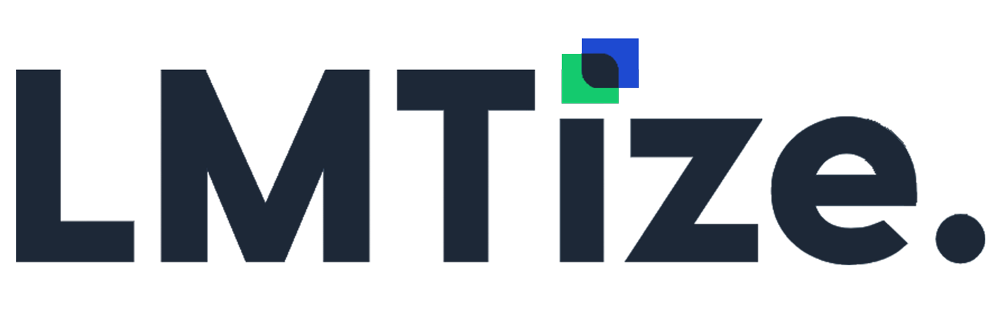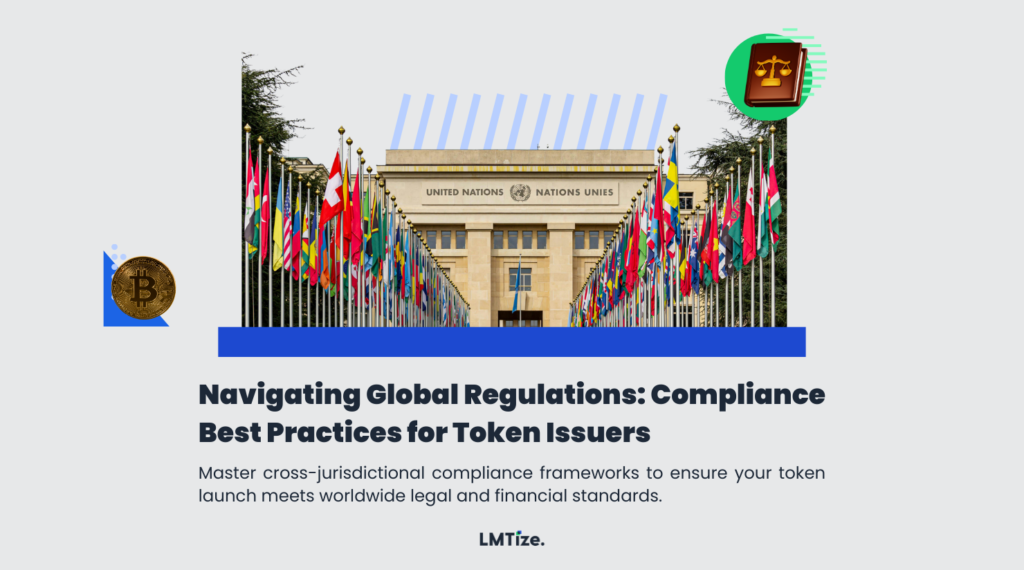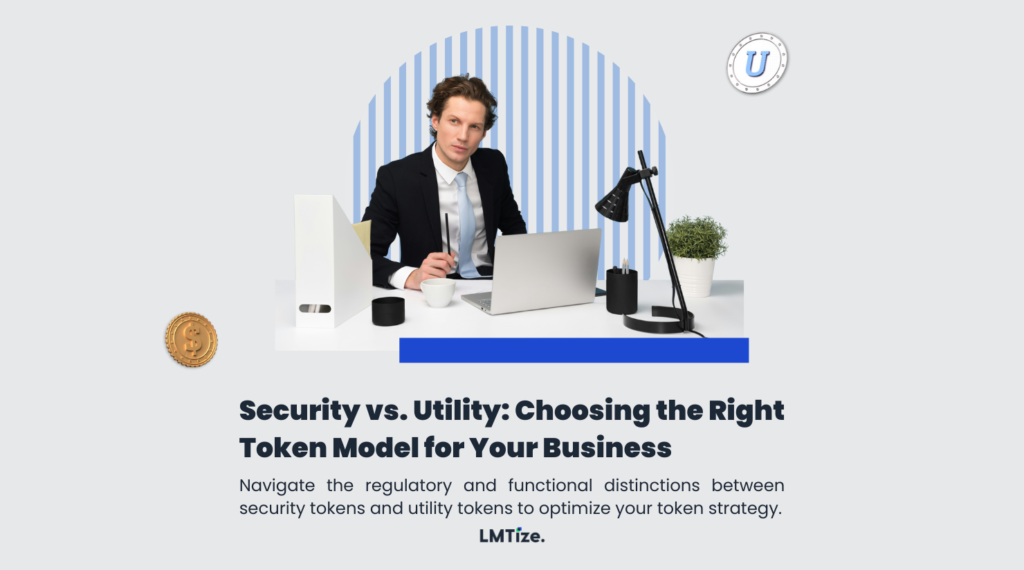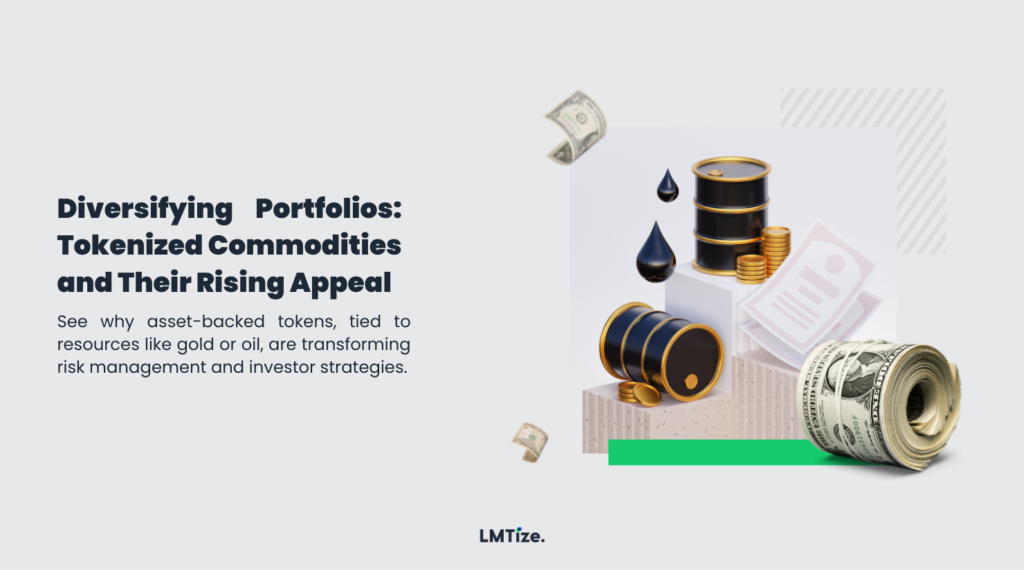The recent decision by BlackRock—the world’s largest asset manager, overseeing more than $9 trillion in assets under management (AUM)—to explore and invest in tokenized assets represents a pivotal moment in global finance. While blockchain technology and digital assets have been on institutional radars for years, BlackRock’s formal foray into tokenization underscores a paradigm shift that could reshape capital markets, investment strategies, and the broader financial ecosystem. Below is an in-depth analysis of why BlackRock’s move matters, how it aligns with emerging trends, and what it could mean for stakeholders across the globe.

1. Context: Evolving Institutional Landscape
1.1 Institutional Adoption Milestones
- Prior Initiatives: Leading financial institutions such as Fidelity, JPMorgan, and Goldman Sachs have taken incremental steps toward crypto-assets and blockchain applications. However, their collective influence, while significant, did not singularly transform tokenization into a mainstream investment class.
- Turning Point: BlackRock’s decision, given the firm’s scale and clientele, carries an outsized impact. Many pension funds, sovereign wealth funds, and endowments view BlackRock’s strategies as benchmarks. A move of this magnitude can drive industry-wide confidence and accelerate other institutional players’ adoption.
1.2 BlackRock’s Strategic Rationale
- Search for Yield: In a macroeconomic environment challenged by inflationary pressures and low-yield fixed-income products, tokenized assets offer alternative revenue streams and diversify traditional portfolios.
- Technological Innovation: CEO Larry Fink has repeatedly emphasized the importance of technology-driven investment strategies, including sustainability and digital transformation. Tokenization aligns with BlackRock’s broader ethos of embracing advanced technologies for efficiency and transparency.
2. Defining Tokenization and Its Potential
2.1 Overview of Asset Tokenization
Asset tokenization involves converting real-world or intangible assets—such as stocks, bonds, real estate, commodities, or intellectual property—into digital tokens on a blockchain. These tokens can then be bought, sold, or traded on digital platforms, potentially 24/7, without the traditional barriers of geography, legacy intermediaries, or market inefficiencies.
2.2 Key Benefits
- Enhanced Liquidity: By breaking down large assets into fractional tokens, liquidity can increase dramatically. This not only opens avenues for smaller investors to participate, but also creates dynamic secondary markets where assets can be traded more freely.
- Greater Accessibility: Tokenization has the potential to extend investment opportunities to global participants who, historically, may not have had access to specific asset classes or sophisticated financial products.
- Reduced Intermediaries: Blockchain-based transactions rely on smart contracts and secure ledgers, decreasing the need for multiple third parties, reducing costs, and mitigating human error.
- Real-Time Settlement: In place of the typical T+2 or T+3 settlement windows, blockchain transactions can settle in real time, thereby lowering counterparty risk and freeing up capital faster.

3. Why BlackRock’s Involvement Is Different
3.1 Scale and Global Reach
- Institutional Validation: With clients including governments, corporations, and major pension funds, BlackRock’s acceptance of tokenized assets offers a potent signal of trust. This kind of validation can encourage regulators, large asset holders, and other investment giants to follow suit.
- Systemic Influence: BlackRock’s product offerings are integrated into various market segments, including ETFs, mutual funds, and bespoke institutional mandates. If tokenization strategies are woven into these products, the ripple effect could be massive across global capital flows.
3.2 Integration with ESG and Global Policy
- Sustainability Alignment: BlackRock has been vocal about environmental, social, and governance (ESG) criteria. Tokenization, when leveraged responsibly, can foster transparent supply chains, verifiable carbon offsets (through green NFTs or carbon credits on-chain), and more accountable governance structures.
- Regulatory Momentum: Regulatory frameworks around digital assets are evolving in major financial hubs like the U.S., the EU, and Asia. BlackRock’s involvement could expedite policy clarity, as lawmakers and regulators often respond more swiftly when systemic incumbents adopt new technologies.
4. Emerging Data Points and Case Studies
4.1 Market Projections
- $24 Trillion by 2027: According to the World Economic Forum (WEF), the tokenized economy could reach a staggering $24 trillion by 2027. That figure includes a spectrum of assets—ranging from real estate and private equity to art and commodities.
- Liquidity Boost: A Deloitte study found that tokenized real estate could see liquidity rise by up to 80%, indicating that the illiquidity discount historically associated with certain asset classes may gradually erode.
4.2 Real-World Examples
- Tokenized Funds: Several boutique asset managers have launched tokenized versions of real estate investment trusts (REITs) and private credit products, illustrating tangible benefits in liquidity and transaction speeds.
- Fractionalized Art: High-value collectibles and art pieces—once limited to ultra-high-net-worth individuals—are increasingly fractionalized into tokens, enabling retail investors to gain exposure to valuable artworks.
- Pilot Programs: Jurisdictions such as Singapore and Switzerland have rolled out pilot projects for tokenized bonds and deposits, demonstrating scalability and compliance viability. These pilots have informed best practices and legislative frameworks for other markets.
5. Strategic Implications for Stakeholders
5.1 Institutional Investors
- Portfolio Diversification: Tokenized assets enable broader exposure to alternative and illiquid markets, potentially stabilizing portfolio returns in volatile macroeconomic climates.
- Risk Management: Although regulation is still evolving, the inherent transparency of blockchain-based ledgers can reduce counterparty and operational risks. Institutions can track asset provenance, real-time valuations, and ownership transfers with unprecedented clarity.
5.2 Retail Investors
- Democratized Access: Tokenization lowers entry barriers to historically exclusive asset classes like commercial real estate or private equity. Even small capital contributors can own fractions of high-value assets.
- Cost Efficiency: By automating many back-office procedures and streamlining compliance, tokenized platforms can lower fees, making it more feasible for everyday investors to participate.
5.3 Regulators and Policymakers
- Need for Clear Frameworks: As tokenization crosses borders, consistent international standards will be crucial to ensure market stability and protect investors.
- Consumer Protection: Regulators will likely scrutinize how tokens are marketed and traded, ensuring alignment with securities laws, anti-money laundering (AML) regulations, and know-your-customer (KYC) requirements.
6. Challenges and Considerations
6.1 Regulatory Complexity
Although rapid progress is underway, regulatory guidelines differ dramatically by jurisdiction. Harmonizing these rules for cross-border token trading remains a significant hurdle. BlackRock’s global presence could catalyze more uniform standards, but the process is far from straightforward.
6.2 Technological Infrastructure
While blockchain technology has matured, issues around scalability, interoperability, and network congestion still persist in some ecosystems. Institutions like BlackRock will need robust, secure, and highly scalable blockchain solutions to handle multi-billion-dollar flows.
6.3 Market Perception and Education
Tokenized assets can be difficult to understand for traditional investors accustomed to conventional market structures. Bridging this knowledge gap—through investor education, streamlined platforms, and transparent reporting—will be essential for broader adoption.
7. Forward Outlook and Recommendations
7.1 Continued Institutional Momentum
BlackRock’s entry likely paves the way for more high-profile announcements from peer institutions. If market performance, regulatory clarity, and technological solutions continue on a positive trajectory, the tokenized asset sector could evolve from a niche to a norm in institutional portfolios.
7.2 Strategic Partnerships
Collaborations between asset managers, fintechs, blockchain consortia, and traditional custodians will grow. These alliances can expedite innovation, expand liquidity pools, and standardize operational best practices.
7.3 Roadmap for Implementation
- Regulatory Alignment: Engage with local and international regulatory bodies early in the planning process.
- Technology Selection: Choose blockchains known for security, speed, and compliance-ready features.
- Stakeholder Education: Provide in-depth training and transparent resources for both sophisticated and retail investors, ensuring clarity in token issuance, trading, and redemptions.
- Risk Management: Implement multi-layer custody solutions and robust smart contract audits to mitigate vulnerabilities.
Conclusion
BlackRock’s move into asset tokenization is not simply another milestone on blockchain’s adoption timeline; it is an inflection point heralding a more frictionless, inclusive, and technologically advanced financial system. By offering scale, validation, and strategic direction, BlackRock’s entry can catalyze the transformation of illiquid or semi-liquid asset classes into readily tradable tokens, forging a new frontier that intertwines legacy finance with cutting-edge innovation. As stakeholders adapt to this evolving landscape, the long-term result could be a more efficient, accessible market where the line between traditional and digital assets converges into one holistic ecosystem.
This transformation is in its early days, yet the momentum is undeniable. Whether you are an institutional investor seeking diversification, a retail investor looking for new opportunities, or a policymaker grappling with regulatory nuance, BlackRock’s involvement signals that the era of tokenization is not only here—it is poised to reshape the global financial architecture in the years ahead.





